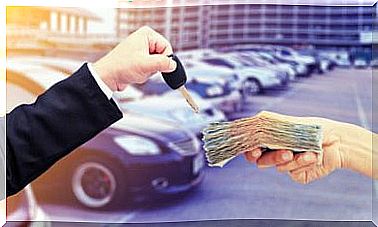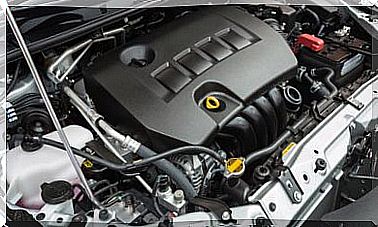Dieselgate: The Volkswagen Emissions Scandal

In September 2015, a scandal involving the Volkswagen car company came to light. The problem was due to the fact that the German manufacturer had installed software in its vehicles that caused a change in the emission measurement results.
In total, 11 million vehicles were affected, all of them with diesel engines and sold between 2009 and 2015. Through this fraud, these models could successfully exceed the emission standards of the United States Environmental Protection Agency ( EPA).
However, these vehicles produced a very high amount of emissions, which reached up to 40 times the legal limit.
As compensation, Volkswagen reached an agreement with the United States government in October 2016. Through this, the company agreed to pay US $17,500 to the owners of the affected vehicles.
In addition, the manufacturer was ordered to pay a fine of $4.3 billion to the US Department of Justice.
Accusation of Volkswagen
The beginning of the problems took place when the EPA accused Volkswagen of introducing the aforementioned software in its vehicles with diesel engines.
In this way, their vehicles passed emissions tests carried out in states such as California. However, the levels of nitrogen oxides, abbreviated as NOx, were much higher than allowed.

Among these gases is nitrous oxide, which will be well known to fans of tuned cars. All these gases are residues produced in the combustion of the engine, especially when using diesel.
They are highly polluting and toxic substances, so their emissions have been strictly regulated by various international organizations.
However, European regulations have not yet established emission limits for these gases in the automotive sector, unlike in the United States. Hence, it has been in this country where the Volkswagen scandal originated.
Specifically, it was on September 18, 2015 when the EPA formalized the accusation against the German company. The sophisticated algorithm installed in the measurement systems could detect when the vehicle was undergoing an official inspection.
At that time, engine controls were changed to minimize emissions during testing. As a result, vehicles could successfully pass the tests when they actually emitted high amounts of pollutants during normal traffic.
Beginning of emission measures
Pollutant measurement systems began in 1998, when West Virginia University embarked on a project to measure the gases produced by vehicles.

Years later, in 2012, experiments with this type of technology were carried out in models such as the Volkswagen Passat, the Volkswagen Jetta and the BMW X5. These tests were conducted off the coast around Los Angeles, in addition to near Seattle.
On the other hand, Spanish engineers such as Vicente Franco and Rosaro Vidal, from the Jaime I University of Castellón, joined the research teams of the International Council on CLean Transportation (ICCT) in 2013 .
In collaboration with the University of West Virginia, they wanted to study the differences in emissions between vehicles in the United States and Europe.
At this point it was found that the emissions of Volkswagen vehicles turned out to be between 10 and 35 times higher than those reflected in the homologation tests. These measurements were communicated to the EPA, which continued with the studies until uncovering the scandal in 2015.
Since then, several engineers have criticized European regulations for being too lax in terms of NOx emissions from vehicles. If not, Europe could have discovered the Volkswagen fraud much earlier.
The trap from inside Volkswagen
As a result of the discovery of the fraud, internal investigations of the company have come to light. They explained how, not finding technical solutions to pass the emission controls, the Volkswagen engineers decided to incorporate the software into the vehicles in order to pass the homologations.
Following demands from the EPA, several senior Volkswagen officials, including CEO Martin Winterkorn, resigned from their posts. Responsibility for solving the serious problem fell on Porsche CEO Matthias Mueller.
Since then, the company has promised to offer a quick solution to problems due to the emissions scandal. Consequently, these problems and increased customer awareness of gas emissions can lead to advantages for the electricity market and its innovative technologies.









